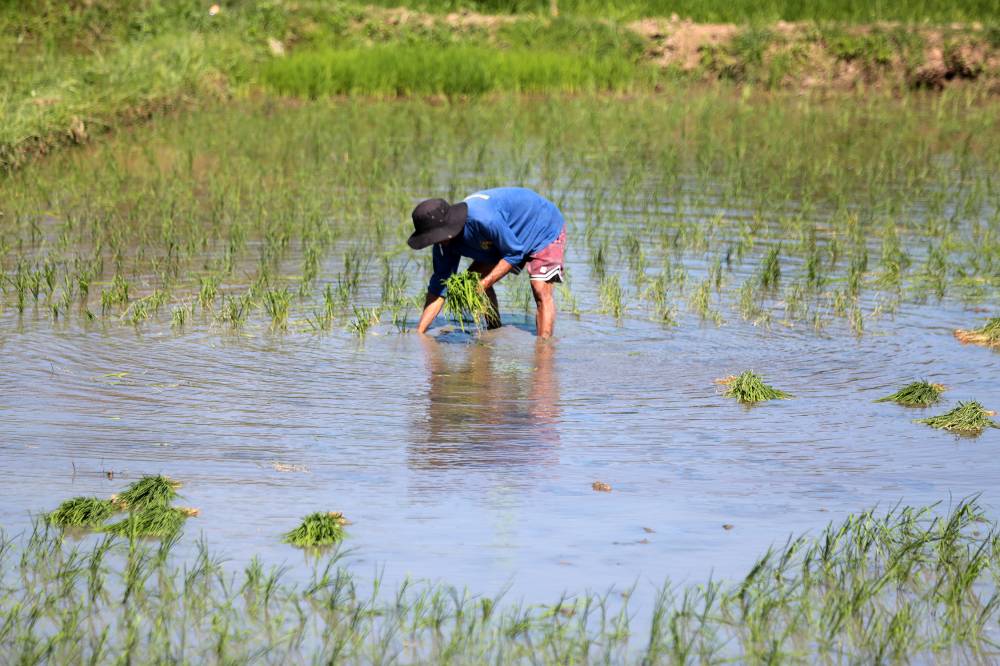NFA to pay more for palay to build up buffer

The National Food Authority (NFA) has raised its buying price for palay or unhusked rice—not only to build its buffer stock but to help boost farmers’ income by topping the offers of private traders.
The NFA Council approved an increase in the procurement price to a range of P23 to P30 per kilogram for dry and clean palay from P19 to P23 per kg announced in September last year, Agriculture Assistant Secretary Arnel de Mesa said on Thursday at a press briefing.
De Mesa, also the Department of Agriculture (DA) spokesperson, said the new price range for wet and fresh palay would be P17 to P23 a kilo from P16 to P19 per kg previously.
This is “to reflect higher prices in the market amidst worries over rice supply due to drought caused by El Niño,” the DA said.
NFA OIC administrator Larry Lacson said they were rushing to complete the rules on revised procurement price.
“Hopefully, we can implement it by next week,” Lacson said.
Prior to this, De Mesa said the NFA had found it challenging to source palay as traders offered a much higher price.
The prevailing farm-gate prices, the DA official said, range from P23 to P25 per kg compared with the national average of P26.90 per kg. Based on DA estimates, traders are buying dry palay from farmers for P27 to P30 per kg.
“We need to ensure that our farmers make money to encourage them to continue planting and even expand the area planted to rice,” Agriculture Secretary Francisco Tiu Laurel Jr. said.
With the new price range, “we are confident we can purchase many produce in areas where harvesting is ongoing,” Lacson added.
Latest data from the NFA showed it had purchased 12,378 bags of palay in February, sliding by 85.6 percent from 86,216 bags in the same month a year earlier. It was just 2.28 percent of the procurement target for the month.
As February is not a harvest season, the palay stocks procured during the month were leftovers from the last cropping season.
The NFA is mandated by the Rice Tariffication Law to maintain a national rice buffer stock equivalent to at least nine days of consumption, pegged at 330,000 metric tons, which should be sourced solely from local farmers. INQ

















